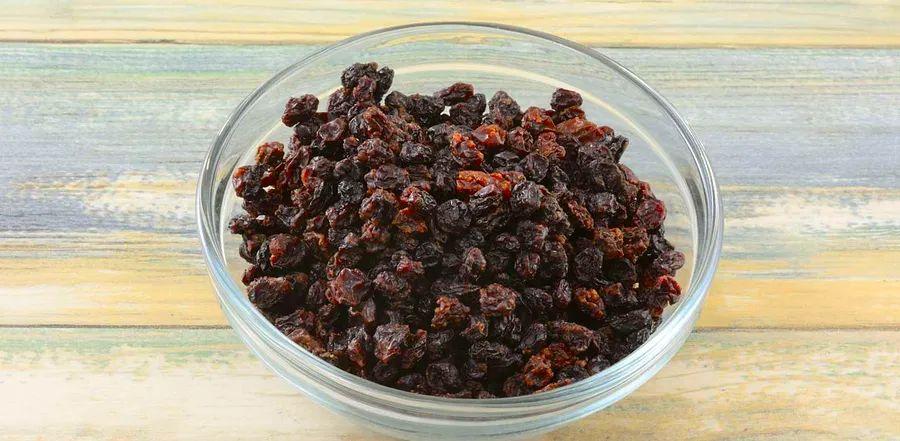What Are Currants and How Should You Use Them?

Curious about what defines a currant? You're in the right place to find out.
What Are Currants?
Currants, also known as Zante currants or Black Corinth raisins, are dried fruit derived from seedless Black Corinth grapes. It's important to note they are different from black, red, or white currants, which are small grape-like berries from shrubs and are typically not dried.
Currants vs. Raisins
A currant is a variety of raisin, which are dried grapes. While raisins come in many types, in the U.S., the term "raisin" usually refers to large, dark dried grapes. Currants, however, are made from Black Corinth grapes, much like golden raisins come from sultana grapes.
The History of Currants
The term "currant" comes from "Corinth," an ancient Greek city known for its small, dark grapes.
"As early as 75 A.D., Pliny the Elder describes a tiny Greek grape: thin-skinned, juicy, and sweet, with small bunches," as noted in the Raisin Production manual by the University of California. "The fruit disappeared from written records until the 11th century, when trade between Greek growers and Venetians was documented."
By the 17th century, trade moved to a group of Greek islands, especially Zakynthos (Zante), which is why currants are sometimes referred to as Zante currants. Today, currants are grown worldwide.
How Do Currants Appear?
Dried currants are small, dark raisins with a bluish-brown to black color. Their wrinkles are fine to medium but very noticeable. Fresh Black Corinth berries are tiny, round, and deep reddish-black. They're mostly seedless, though larger ones may contain a few hard seeds. They grow in small, cylindrical bunches.
What Is the Taste of Currants?
Currants are bursting with flavor, offering a taste similar to regular raisins but with a richer sweetness and more complexity.
The Health Benefits of Currants
Although small in size, currants are packed with nutritional benefits. Some key highlights include:
- Like other types of raisins, currants are a great source of soluble and insoluble fiber. This is important for digestion, heart health, weight loss and management, and general wellbeing.
- They're also considered a high-manganese food. Among other things, consuming an adequate amount of manganese is necessary for proper nervous system function.
- They contain a great deal of copper, which is used by the body to synthesize collagen and to promote the absorption of iron.
How to Use Currants

Discover the recipe: Currant Scones
Due to their delicate skin and small size, currants are a popular choice for cooking and baking. For a sweet variation, try adding currants to scone dough instead of regular raisins.
If you're craving something savory, currants bring a subtle sweetness and texture to breads, salads, or holiday stuffing. Essentially, anything you can make with raisins, currants are a perfect substitute.
Give It a Try:
- Pistachio, Pink Peppercorn, and Currant Bark
- Nutty Cinnamon and Currant Pumpkin Rolls
- Currant Cardamom Bread Pudding

1

2

3

4

5
Evaluation :
5/5